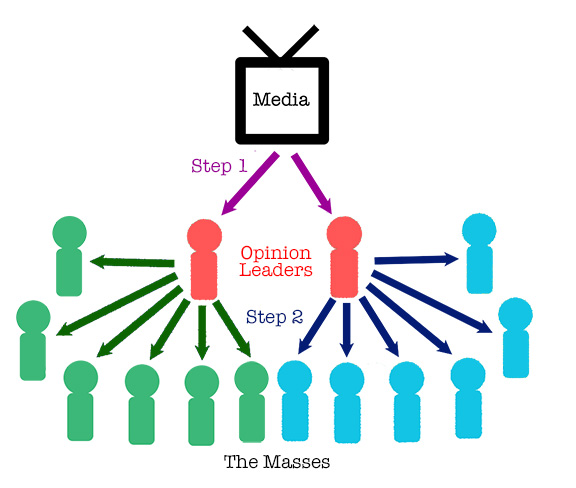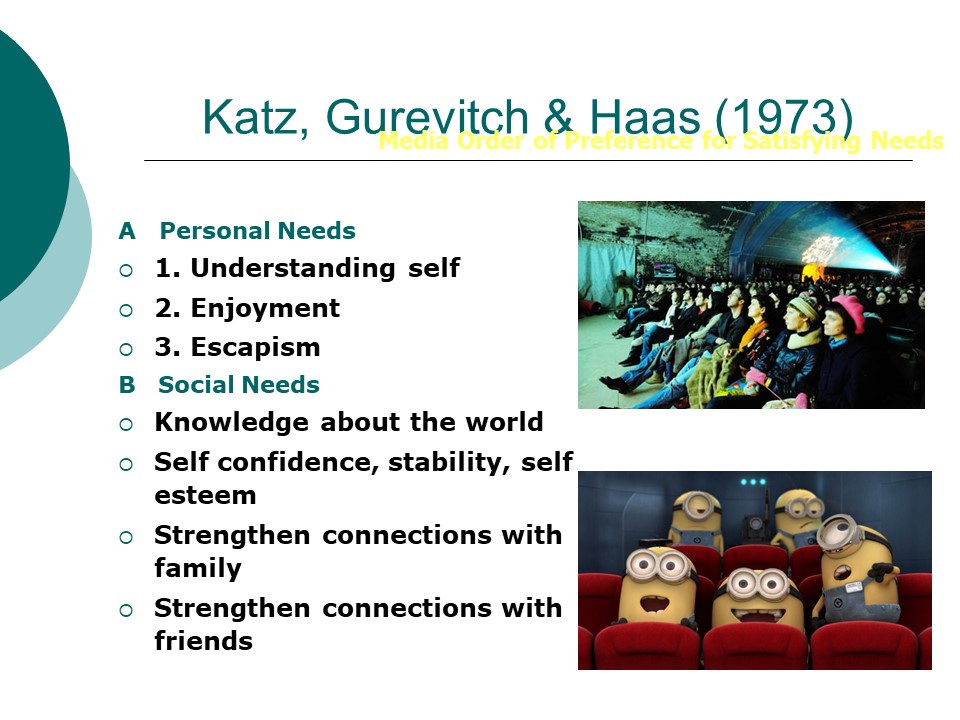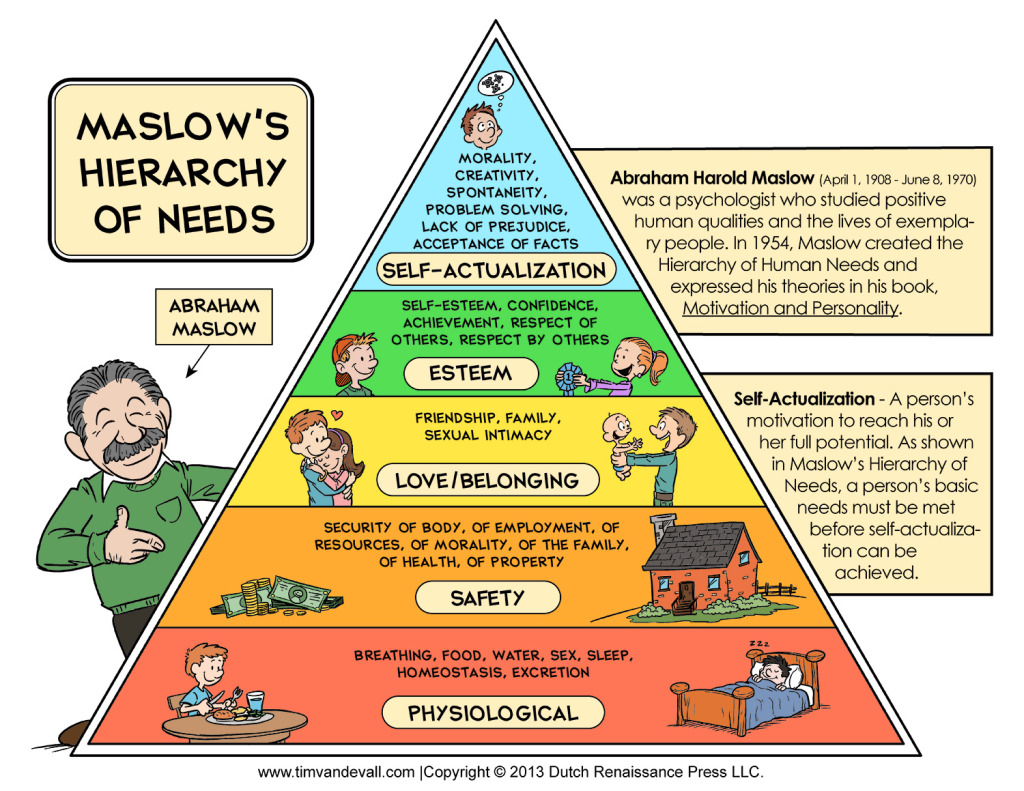- Cultural industries – Cultural industry refers to the various businesses that produce, distribute, market or sell products that belong categorically in creative arts. Such products could include clothing, decorative material for homes, books, movies, television programs, or music.
- Production – Media production means the making of a motion picture, television show, video, commercial, Internet video, or other viewable programming provided to viewers via a movie theater or transmitted through broadcast radio wave, cable, satellite, wireless, or Internet.
- Distribution – Content distribution is the process of sharing, publishing, and promoting your content. It’s how you provide your content to your audience members for their consumption through various channels and media formats.
- Exhibition / Consumption – The Audience Consumption & Reception refers to the following; • Previous readings of the text (Trailers, Sequels) • Audience shared experience (how they personally relate to the text, narrative or character based on their own personal experiences) • Audience expectations and possibilities.
- Media concentration
- Conglomerates – A media conglomerate or multimedia group is the one made up of companies among which stand out different media specialized in written content (newspapers, magazines and editorials) and audiovisual content (television, radio, films / series in streaming).
- Globalisation (in terms of media ownership) – Globalization has a great influence on the media and further its impact on us. The most visible effect of globalization is wide spread communication. The introduction of newspapers, magazine, internet and TV has immensely helped to spread information and has helped people to come together from all over the world.
- Cultural imperialism – Cultural Imperialism- Mass Communication Context. Explanation of Theory: Cultural Imperialism Theory states that Western nations dominate the media around the world which in return has a powerful effect on Third World Cultures by imposing n them Western views and therefore destroying their native cultures.
- Vertical Integration – Vertical integration indicates that a media company has absolute monopoly in the production of the matter that go into the making of media products. For example a newspaper publisher may own several hundred areas of forests where the major components of a newspaper namely wood for newsprints cultivated.
- Horizontal Integration – Horizontal integration is a business strategy in which one company acquires or merges with another that operates at the same level in an industry. Horizontal integrations help companies grow in size and revenue, expand into new markets, diversify product offerings, and reduce competition.
- Mergers – A merger is an agreement that unites two existing companies into one new company. There are several types of mergers and also several reasons why companies complete mergers. Mergers and acquisitions are commonly done to expand a company’s reach, expand into new segments, or gain market share.
- Monopolies – A monopoly is a dominant position of an industry or a sector by one company, to the point of excluding all other viable competitors. Monopolies are often discouraged in free-market nations. They are seen as leading to price-gouging and deteriorating quality due to the lack of alternative choices for consumers.
- Gatekeepers – Gatekeepers are people or policies acting as a go-between, controlling access from one point to another. They may refuse, control or delay access to services. Alternatively, they may also be used to oversee how work is being done and whether it meets certain standards.
- Regulation – Regulation is the act of controlling, or a law, rule or order. An example of a regulation is the control over the sale of tobacco. An example of a regulation is a law that prevents alcohol from being sold in certain places.
- Deregulation – Specifically, deregulation of the telecommunications industry pertains to relaxing ownership rules regarding such items as the number of stations a single television or radio owner can possess in a market and whether or not a single corporation can own a newspaper, or television and radio station in the same market.
- Free market – free market, an unregulated system of economic exchange, in which taxes, quality controls, quotas, tariffs, and other forms of centralized economic interventions by government either do not exist or are minimal.
- Commodification – The commodification of content is carried out by making information on social media an initial source for news production. Audience commodification by using the followers of social media accounts as a source of income.
- Convergence – he act of converging and especially moving toward union or uniformity the convergence of the three rivers especially : coordinated movement of the two eyes so that the image of a single point is formed on corresponding retinal areas. 2 : the state or property of being convergent.
- Diversity – Diversity refers to heterogeneity of media content according to one or more criteria Media content provided by a market can be diverse because outlets themselves are internally diverse, or because outlets provide different types of content that, combined, create a diverse supply.
- Innovation – Media innovation can include change in several aspects of the media landscape – from the development of new media platforms, to new business models, to new ways of producing media texts. There are many ways of conceptualising what kinds of change media in- novation involve.
two step flow communications – PAUL LAZARFELD

What is significant here is that this theory suggests that the audience are ACTIVE NOT PASSIVE, in that audience consumption is based on consideration of what others think not a PASSIVE process of unthinking
Uses and Gratifications (active selection)
Research into this area began with Denis McQuail and Jay Blumler, who in 1969, looked to study the 1964 UK Election. In the early 1970’s they were joined by Elihu Katz, Joseph Brown, Michael Gurevitch and Hadassah Haas.

It is suggested that much of this research was informed by Maslow’s Heirarchy of Needs (1954), which argues that people actively looked to satisfy their needs based on a hierarchy of social and psychological desires. Maslow’s thinking was centred around Humanistic psychology According the web page ‘Humanist Psychology’ (link here) the basic principle behind humanistic psychology is simple and can be reduced to identify the most significant aspect of human existence, which is to attain personal growth and understanding, as ‘only through constant self-improvement and self-understanding can an individual ever be truly happy‘.

